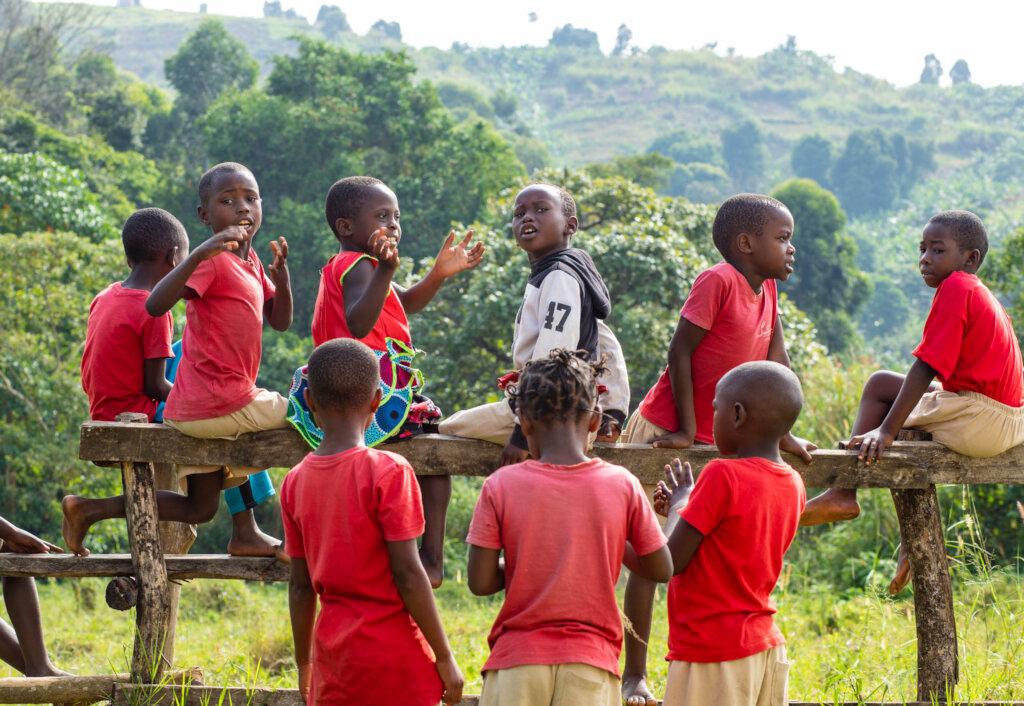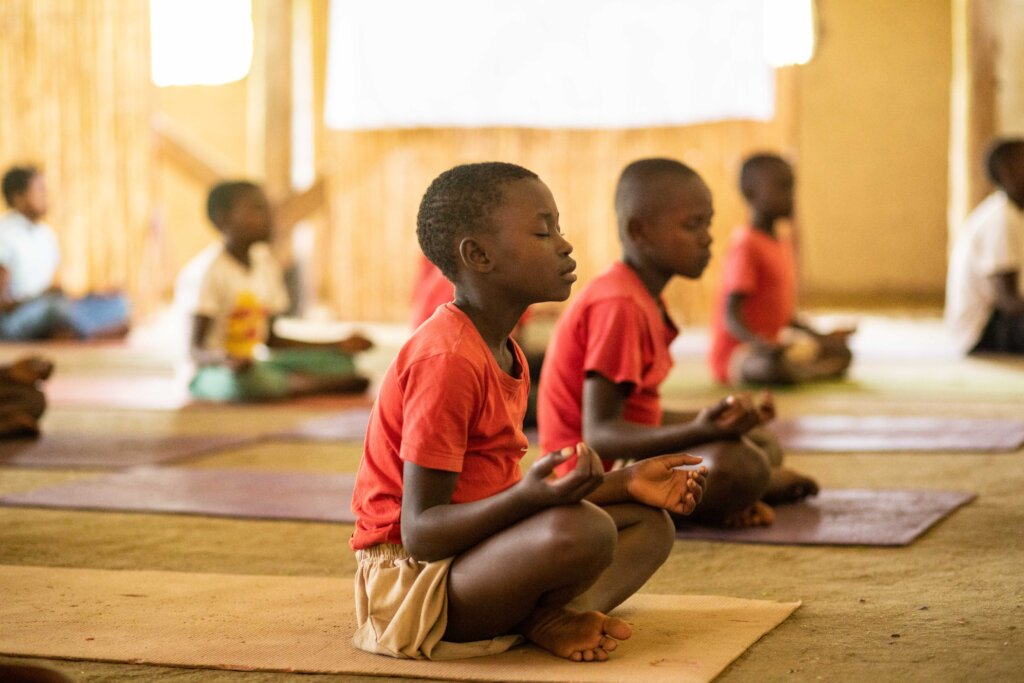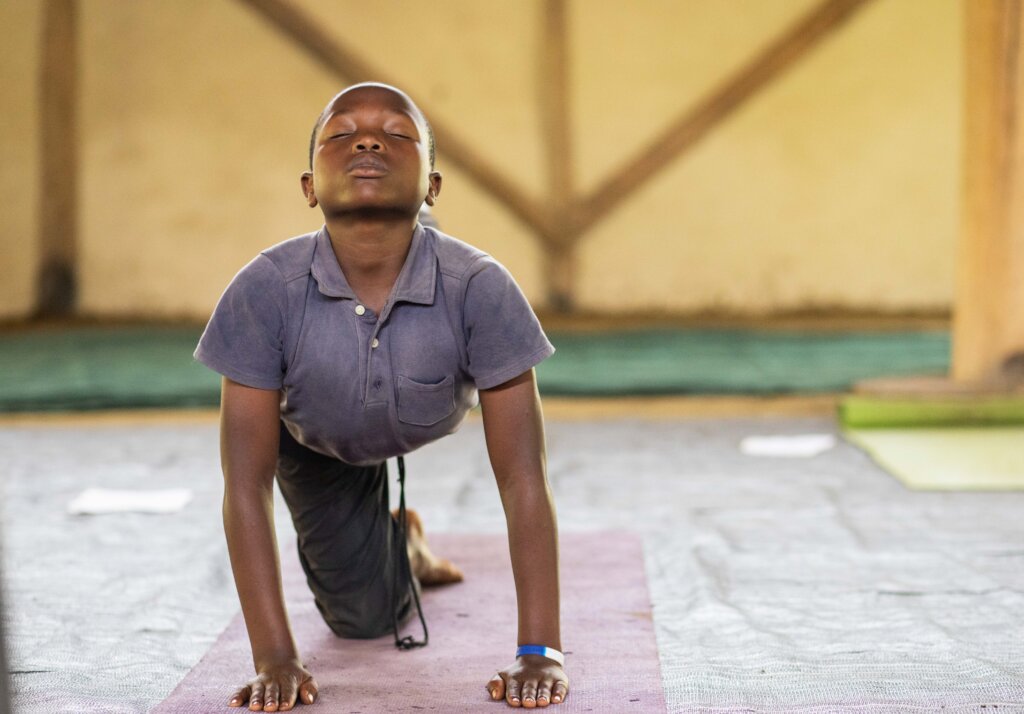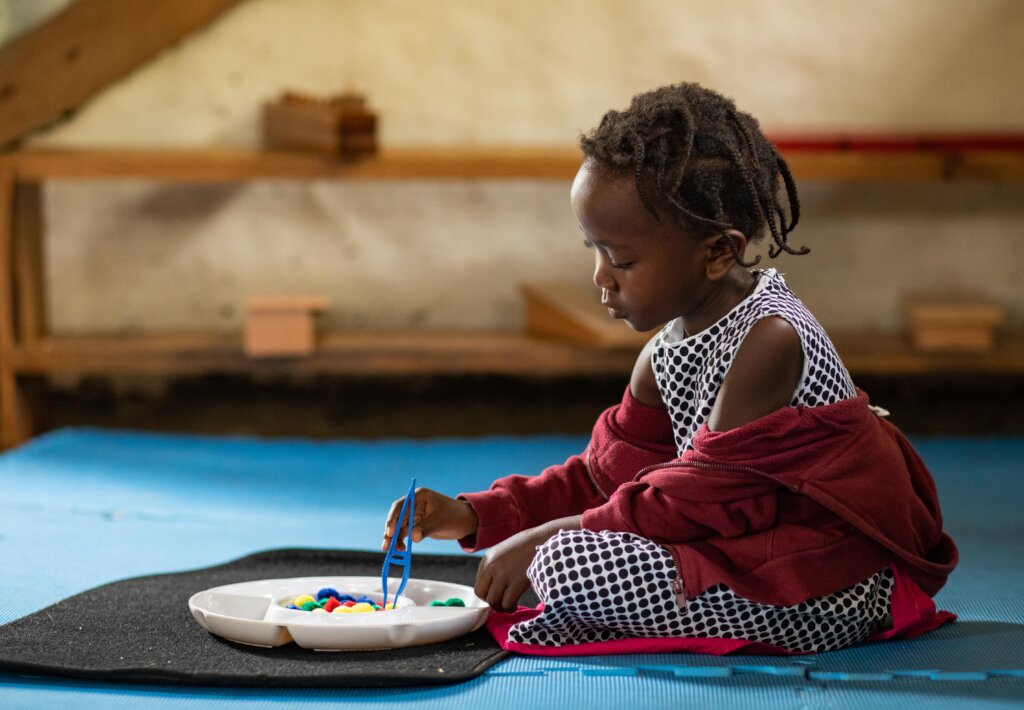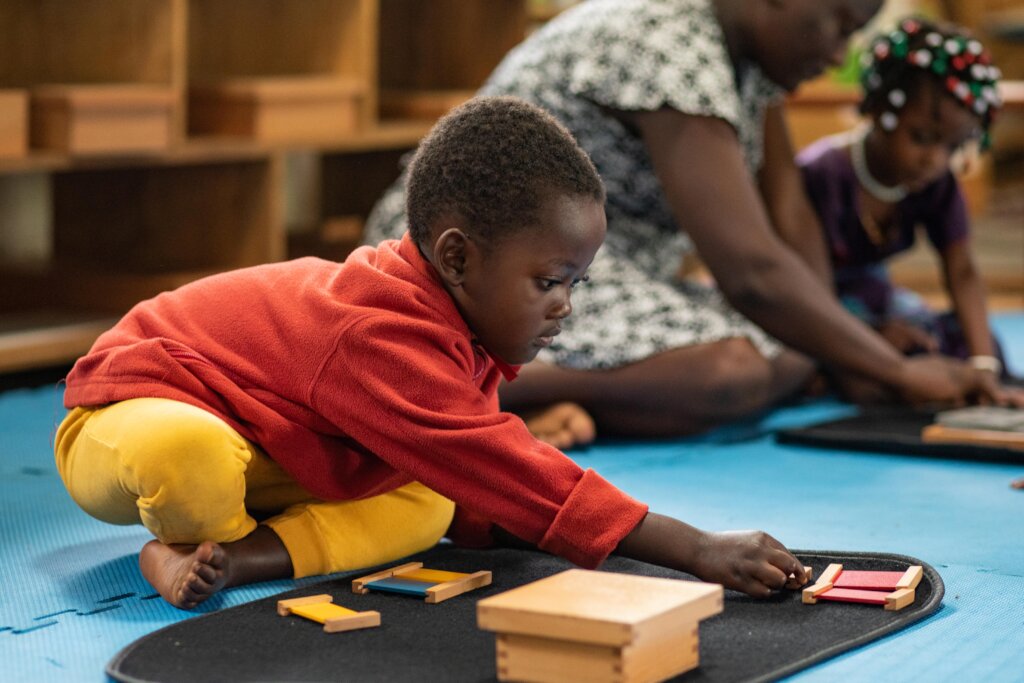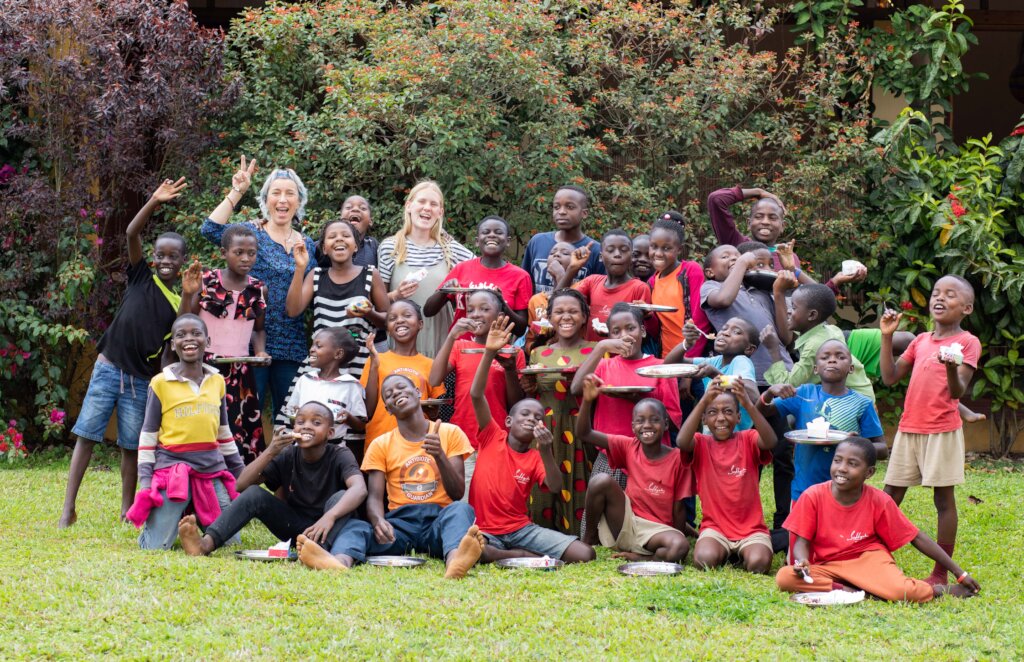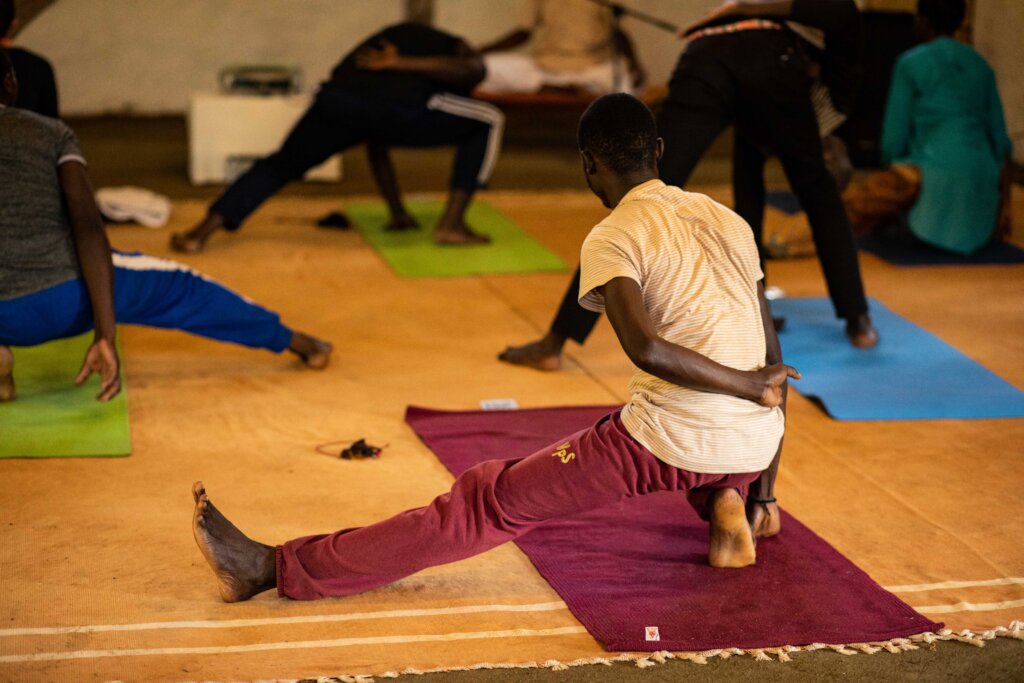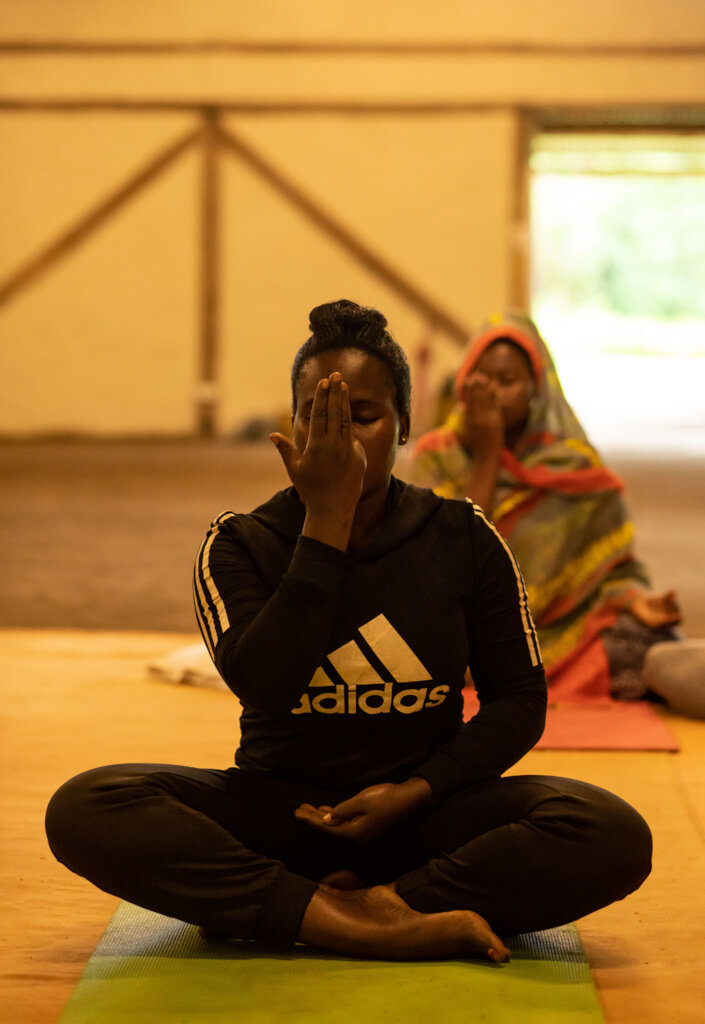By Bliss Grace | Project Leader
This season, we would like to share with you a snippet of our yoga curriculum here at Sadhguru School. A huge thank you to our team, especially Chris; our in-house classical hatha yoga teacher, for his tremendous support in keeping the children alive, alert and well alligned throughout all school activities.
Background:
In recent years Yoga and the ethos surrounding the ancient tradition, has emerged as an invaluable solution to many of the modern physical and mental health ailments that we as human beings face. In 2014, the UN created a resolution to form an International Day of Yoga recognizing that health and well being is an objective that requires close international cooperation. As an educational institution, we have the opportunity to address the issue of global health from the formative years of a Child’s early education. Sadhguru school aims to create an infrastructure that supports these objectives and moves our students one step further toward the realization of overall improved global wellbeing.
Why?
Sadhguru School has formed a curriculum including tools of classical yoga in order to equip the students to achieve this goal. We aim not only to prepare them to be successful in the workplace, but to find success in their personal lives as conscious, happy and healthy individuals.
The practice referred to as Classical Yoga has been passed through countless generations and its efficacy proven many times over in various different research institutions. We have sourced the yoga curriculum from the most prominent and high quality institution available today (see attached subject plan introduction) and the students practice a varied set of methods that address a variety of issues related to mental, emotional and physical health.
Stages:
Beginning in Reception class (ages 4-5), we implement the simple practice of sitting in stillness and Thoppukarnam, also referred to as super brain yoga. This is to start introducing the children into the two minute practice of yoga. This practice is beneficial for their mental alertness and ability to simply be still and quiet without external input.
In year one (ages 5-6), we begin with a 15 minute module referred to as Upa yoga or sub-yoga. This practice is to teach the children to move their bodies in more sophisticated ways and to lubricate and strengthen their joints.
In Year 2 (ages 6-7), we introduce the first of the advanced yogic practices called Surya Shakti. This builds flexibility and strength as well as strengthens the tendons and ligaments. Along with Surya Shakti the children begin to practice Nadi Shuddhi or a breathing practice. This helps to balance the mental process and generates a deeper sense of relaxation in the body.
Finally, from year 3 and above (ages 7 and above), we teach the children the final practice in the advanced children’s modules, referred to as Anga Mardana. This enhances their liveliness and tenacity, as well as builds a significant level of agility and coordination. Anga Mardana revitalizes the body on every level from the neurological system to the muscular and skeletal system. Beyond this there are various levels of Anga Mardana from beginner to advanced level, where we increase the number of cycles and introduce advanced postures into the practice.
Until the children reach the age of 14, this is the yoga that is suitable for a child’s system and more advanced practices can be introduced later in secondary school.
Links:
Project reports on GlobalGiving are posted directly to globalgiving.org by Project Leaders as they are completed, generally every 3-4 months. To protect the integrity of these documents, GlobalGiving does not alter them; therefore you may find some language or formatting issues.
If you donate to this project or have donated to this project, you can receive an email when this project posts a report. You can also subscribe for reports without donating.
Support this important cause by creating a personalized fundraising page.
Start a Fundraiser